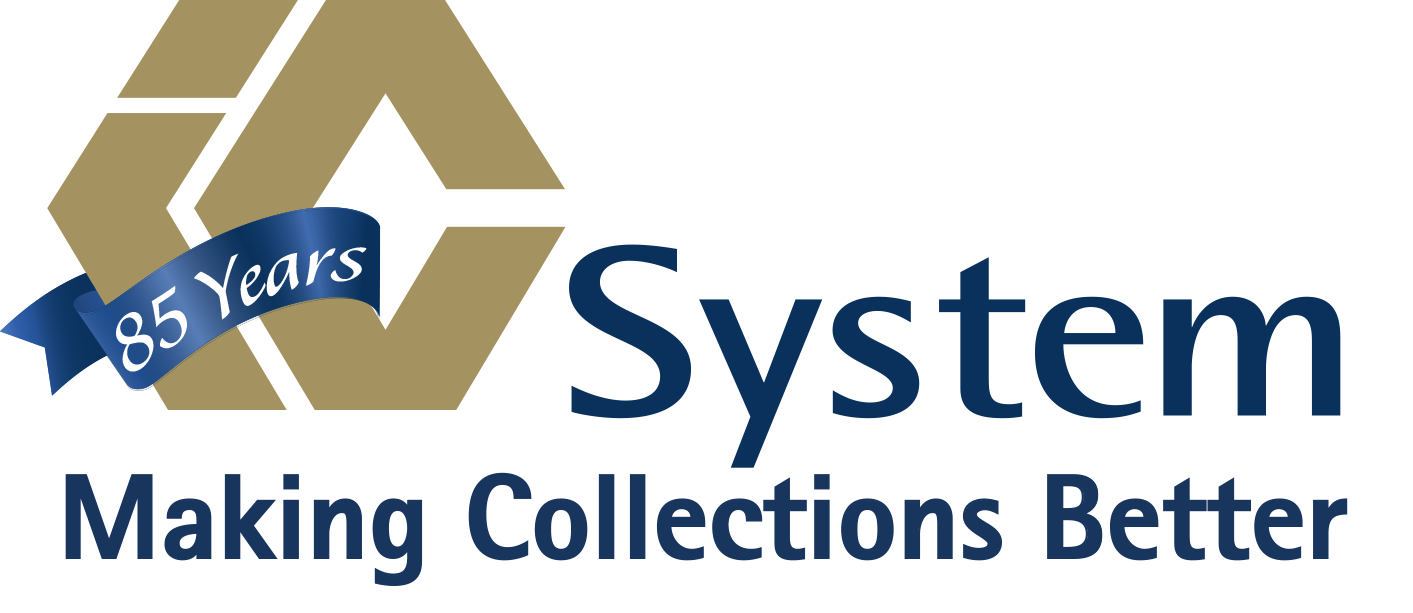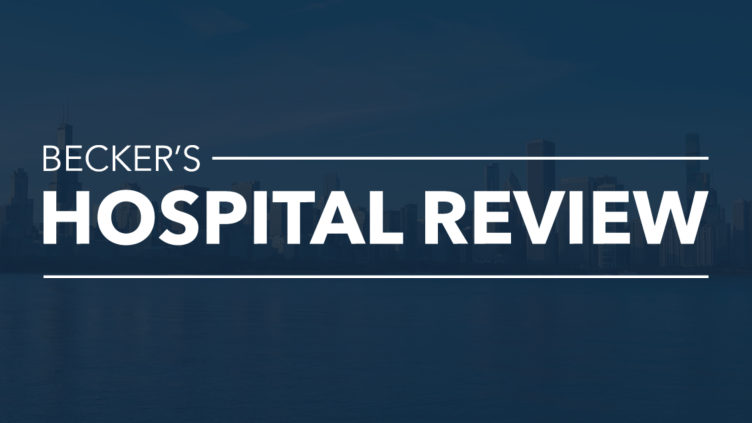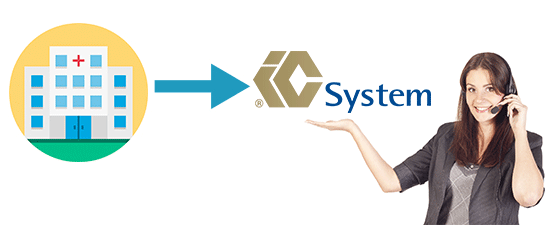Offer discounts to insured patients for upfront cash payments
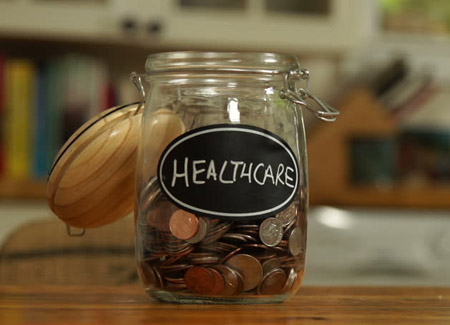
We have a healthcare collection tip for you. But there’s something to consider first. What was once a longtime truth about medical billing is now turned upside-down. For years, uninsured patients were charged more for their care than insured patients. Today, patients are finding they can uncover deep discounts if they pay for their care in cash, rather than submit the claim to insurance.
A patient in a recent Wall Street Journal article details how an X-ray cost a patient $600 under her insurance plan. But if she paid in cash during the visit, the price dropped all the way to $70. Likewise, an MRI was $1,100 under insurance, but $600 in cash.
This wasn’t always so. According to a 2004 study, patients who didn’t have insurance were charged 2.5 times more than insured patients. That’s because one advantage of having insurance was that the insurance company would negotiate the best rates with hospitals and clinics. But after multiple class-action lawsuits and changes to state and federal laws designed to shield these patients, that has shifted the other way. For example, the Affordable Care Act bars tax-exempt hospitals from charging rates, in certain cases, that exceed Medicare rates of a certain amount.
The Wall Street Journal points out that hospitals are charging higher rates to insurance companies to make up for these shortfalls. But consider the longtime tug-of-war between caregivers and insurance companies. Payees seek higher rates as a strategy to avoid a shortfall from payers whose goal is to save costs.
By law, patients don’t have to use their insurance. So some hospitals and clinics freely offer the discounted upfront cash rate to insured patients along with the uninsured. But others are more hesitant to open the gates out of a concern for losing negotiating leverage with insurance companies. However, other care providers see several advantages:
- Patients can take greater control of their health-care costs, especially if they are on high-deductible plans and don’t foresee the need for a lot of medical care in the coming year. (Otherwise, the payment would not count on the deductible.) This could result in greater patient satisfaction.
- Quicker cash flow, as payments won’t be delayed in billing.
- Lower administrative costs.
- Allows the clinic or hospital to compete for and perhaps attract uninsured and under-insured patients who are finding care too cost prohibitive.
Patients are much more likely to pay for a high percentage of their medical visits thanks to high-deductible health plans. With that responsibility comes savvier customers, so you can be sure more patients will ask if your practice offers discounts for upfront cash payments. When hospitals and clinics offer these kinds of discounts, negotiating with patients becomes easier. In addition to that, the lower patient payments will mean fewer past-due accounts.
Need collection help?
Call us at 1-800-279-3511 to REQUEST PRICING!
About the Author: Brian Eggert
Brian Eggert is a business development specialist and writer for IC System, one of the largest receivables management companies in the United States. With 18 years in the collection industry, Brian's experience includes operations, client service, proposal writing, blogging, content creation, and web development.

